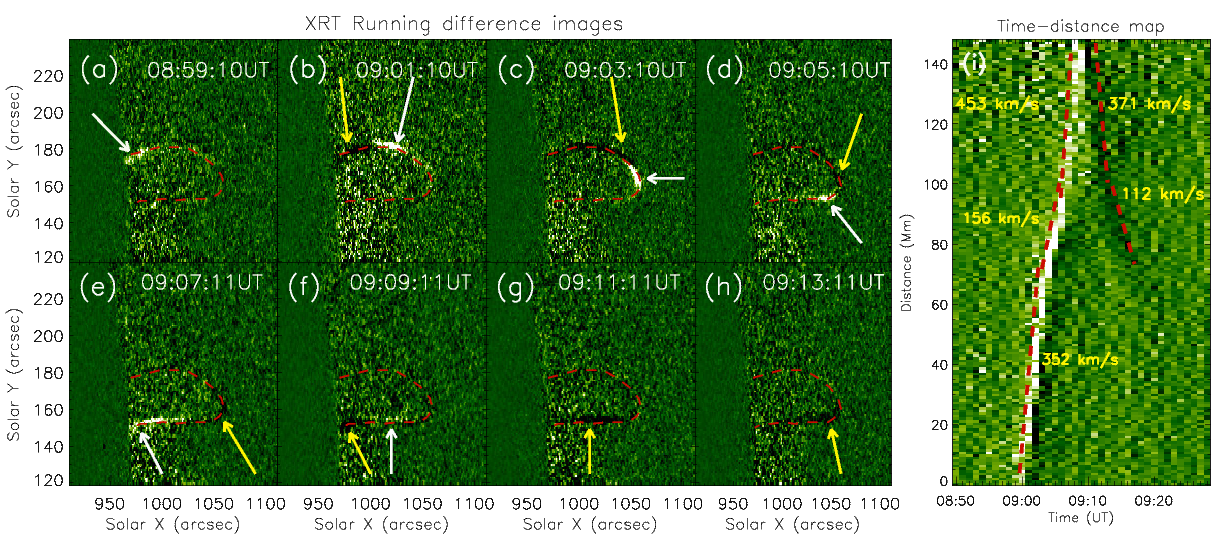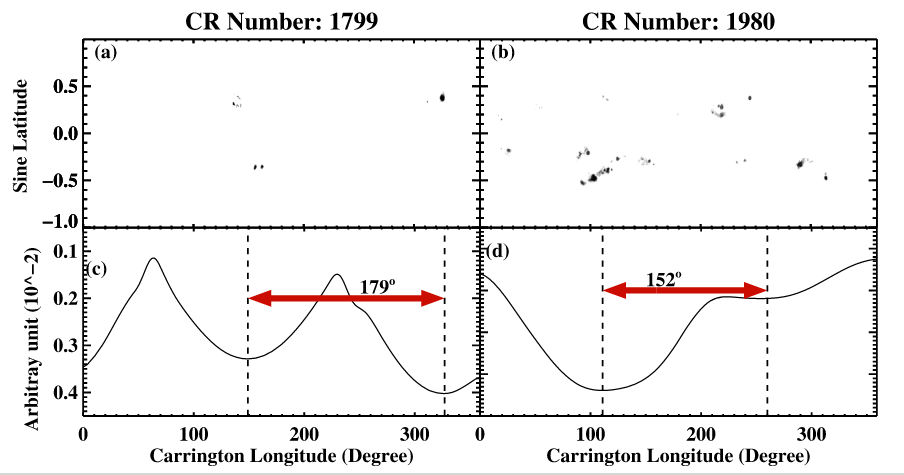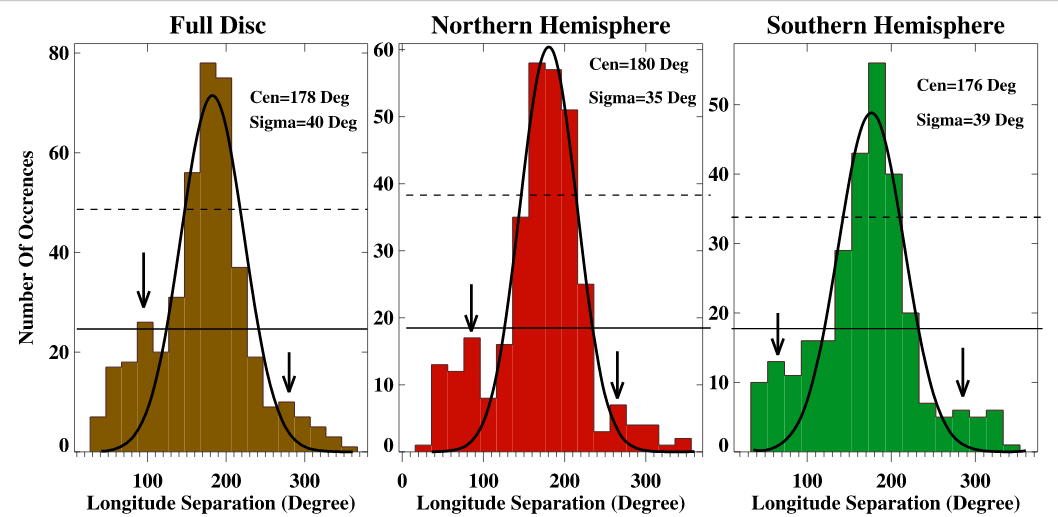1. Generation, propagation and damping of MHD waves in coronal structures
2. Long-term variation study of the Sun Highlight: First detection of Slow-wave reflection in hot coronal loops in X-ray: Highlight: Independent Verification of Solar Active Longitudes:
MHD waves in the solar corona:
Corona, the outermost layer of the Sun, is very hot [~million degree] whereas the plasma density is very low. Apart from that, it is highly structured due to the presence of magnetic fields. One of the long standing problem of solar physics is to find out why corona is so hot. This is not so intuitive one expects cooler temperatures as you move away from the source (FYI, photosphere is at ~6000K). A very strong candidate to explain this 'coronal heating' is MHD wave(s).
My projects, at Indian Institute of Astrophysics (IIA), deal with the origin and propagation of these MHD waves (both longitudinal and transverse) in long coronal structures like coronal loops, plumes etc. It is important to know the source of these waves which in turn will shrine light on the dynamics of the stratified solar atmosphere. I use data [/observations] driven simulations [AMRVAC] along with 'forward modelling' [FoMo] to find out the possible mechanisms which can damp these waves in order to dissipate their energies in to the surrounding plasma.

Long-term variation study:
Physical processes in the Sun happen in variety of time scales, ranging from few seconds to few tens of years. Solar cycle often refers to the cyclic variation in the sunspot number or in sunspot area with a period of ~11 years. Sunspots are the proxy for the magnetic fields of the Sun. Thus such variation related to the sunspots will obviously mean a variation in the solar magnetic fields. Thus, almost all the solar phenomena will be affected by this solar cycle including number of solar flares and occurrences CMEs. These two things (flares & CMEs) are particularly important to us as they affect the space-weather (Sun-Earth inter-space) heavily.
My long-term solar variation study at IIA is primarily based on century-long solar observational data from Kodaikanal Solar Observatory (KSO). We have now compiled a sunspot area database which spans from 1921 to 2011. This data is also made public. Visit this link to access it. Solar active longitudes, Sunspot size variations are some of the key sciences extracted, for the first time, using this data set. Apart from sunspot science, I am also involved in building the database and extracting science from other solar proxies from Kodaikanal such as plages, super-granulations and filaments.

